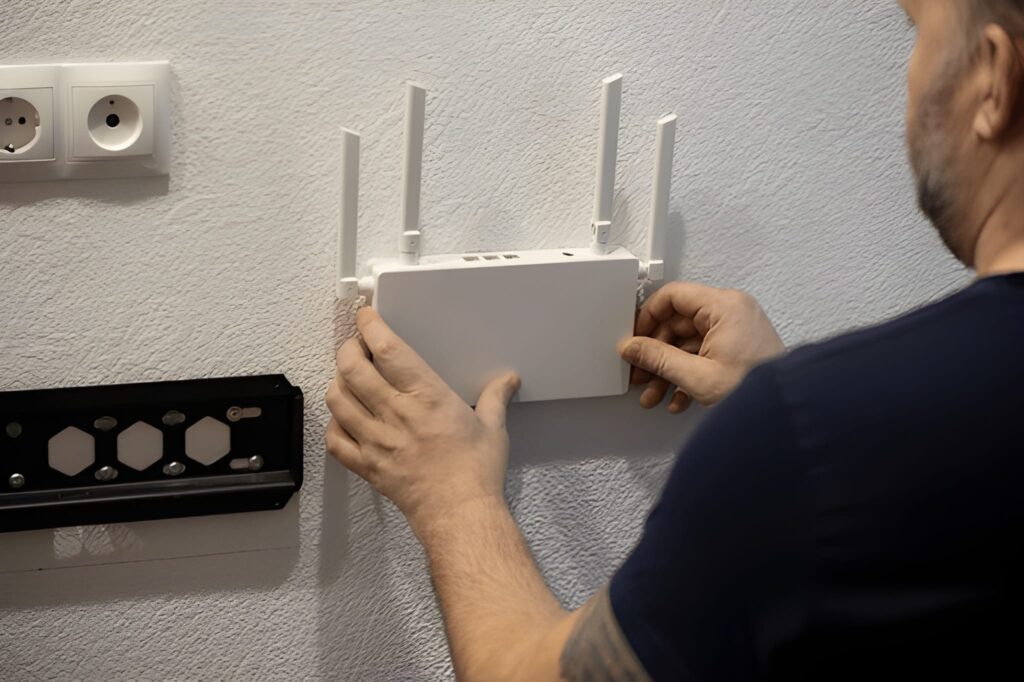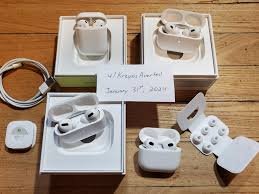
Wifi Setup
Your backyard deserves strong bars: Backyard WiFi drops ruin music, calls, and homework. However, a thoughtful plan can push a fast, stable signal outside. Start by mapping where you sit, grill, and work. Check walls, windows, and the distance from your router, since dense materials weaken the signal and placement matters. Next, use a phone speed app to test a few spots and see where coverage fails. With a home wifi setup in Gardnerville NV, gear, placement, and settings can be aligned for outdoor use. Add minor tweaks and the proper hardware, and your yard stays online instead of offline.
Home Wi-Fi Setup in Gardnerville NV: Backyard Wi-Fi Drops Happen
Wi-Fi hates obstacles. Brick, stucco, and metal screens block the signal. Moreover, glass with coatings can reflect radio waves. Therefore, routers deep inside the home struggle to reach patios and sheds. Power levels also matter—many routers lower their power to avoid interference.
Meanwhile, neighbors’ networks compete on the same channels. As devices roam, they cling to weak indoor access points. Then, speeds fall, and calls freeze. With a home Wi-Fi setup, you can separate causes: distance, walls, channel crowding, or device roaming. Consequently, fixes target the real problem, not guesswork. When you remove bottlenecks in order, range grows, and stability returns.
What a Proper Setup Includes
The best outdoor coverage starts with a few core pieces. Because each yard is different, build your kit step by step.
- A dual-band or tri-band router that supports mesh.
- Weather-aware access point or outdoor node.
- Ethernet run or MoCA/Powerline link for backhaul.
- Mounts and drip loops for clean, safe installs.
- App tools for channel, band, and roaming control.
Start by labeling nodes and noting their positions in your app. Run speed tests before and after adjustments to measure progress. With a home wifi setup in Gardnerville NV, these simple checks turn trial and error into a focused plan. You confirm what improves coverage and discard what doesn’t.
Mesh vs Extenders vs Access Points
Not every tool fits every yard. Therefore, match your goal—range, speed, or both—to the right approach.
| Option | How It Works | Pros | Cons |
|---|---|---|---|
| Mesh System | Multiple nodes form one network | Easy roaming, simple app control | Costs more than basic extenders |
| Wi-Fi Extender | Repeats the signal from the main router | Low cost, quick to install | Halves throughput, adds latency |
| Wired Access Point | Ethernet feeds dedicated AP outdoors | Fastest, most stable backhaul | Requires cable run and weather rating |
Because backhaul matters, a wired access point delivers the strongest outdoor performance. With a home wifi setup in Gardnerville NV, you can combine indoor mesh with a wired access point outdoors, ensuring speed and stability across your property.
Outdoor Placement That Works
Placement can make or break coverage. Thus, think of line-of-sight and weather safety first.
- Mount the outdoor node under eaves for shade and protection.
- Aim toward seating areas, not into walls or thick trees.
- Keep the unit above head height to reduce the blocking of the human body.
- Avoid mounting behind metal screens or tinted, coated glass.
- Leave space behind the unit for proper antenna patterns.
Furthermore, route cables with drip loops and seal wall penetrations. Then, label the breaker and PoE injector for quick resets. With a home wifi setup, careful placement cuts dead zones without cranking up unsafe power levels.
Router Settings That Boost Range
Start by scanning channels in your app. Then, move 2.4 GHz to a clear channel—1, 6, or 11. Next, set 5 GHz to auto with DFS enabled if your devices support it. Band-steering can sometimes trap slower devices, so it’s best to test with the feature both enabled and disabled. Lowering the transmit power on indoor nodes helps devices connect sooner to the stronger outdoor node. Using the identical SSID across all nodes also reduces sticky clients. With a home wifi setup in Gardnerville NV, these adjustments ensure laptops and phones move automatically to the best signal.
“Right settings beat raw power—clean channels win every time.”
DIY or Pro? Picking the Right Path
Choosing help depends on distance, wiring, and time. Therefore, break the decision into two simple lanes.
- When DIY Wins
If you already have a modern mesh system, add an outdoor node first. Then, test speeds at the patio and the far corner. If results improve, you are done. Otherwise, consider a wired access point next. Meanwhile, keep notes so you can undo changes that did not help.
- When to Call a Pro
Long runs, buried conduit, code concerns, camera integration, outbuilding coverage, and gate access often require a professional home wifi setup in Gardnerville NV, with safe wiring. The result is strong outdoor coverage without wasting weekends on trial and error.
Fix Interference Before It Wrecks Speed
Interference can come from neighbors, microwaves, and even string lights with noisy adapters. Therefore, check for sudden drops when specific devices run. Then, move smart plugs and lights off the patio outlet that feeds your access point. Additionally, try separating 2.4 GHz IoT gadgets from 5 GHz work devices. Because metal fire pits and grills block the signal, shift the node to the opposite eave. With a home wifi setup, you can also enable DFS channels on 5 GHz for cleaner air, if your devices allow it. Consequently, your stream stays smooth during dinner and game time.
“Interference steals the speed you already pay for.”
Maintain Speed, Safety, and Value
Networks need small, regular care. Therefore, schedule quick checks so outdoor bars stay strong.
- Update firmware on routers and nodes quarterly.
- Reboot gear after storms to clear errors.
- Trim plants that grow into line-of-sight paths.
- Replace cracked cable boots and reseal entries.
- Rotate passwords and review device lists twice a year.
Set up guest Wi-Fi for parties to protect your main network, then switch it off when guests leave. A home Wi-Fi setup in Gardnerville NV, makes these habits easy, helping extend hardware life and improve network safety. Simple planning today prevents bigger hassles later.
Picture a backyard where music never skips and calls never freeze. Test and place the gear with intention. Finally, keep a short maintenance list, and enjoy steady bars season after season—Channels AV. Choose the right tool—mesh, extender, or wired AP—and tune channels for clean air.


